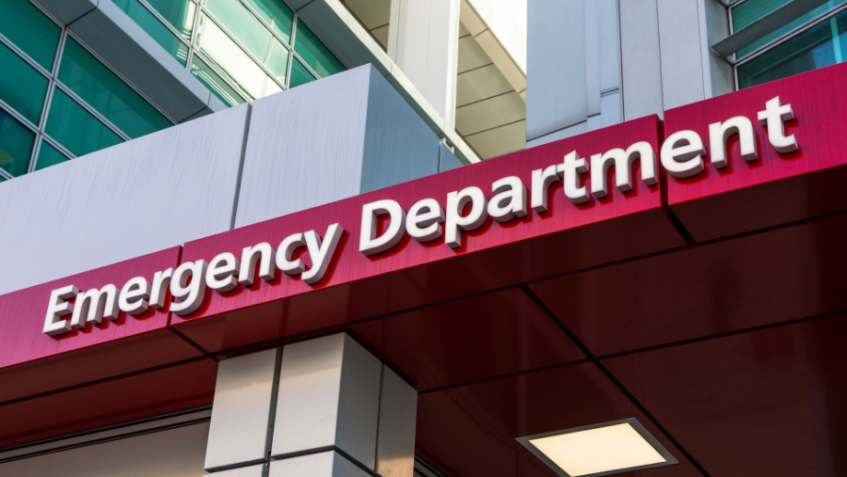The Substance Abuse and Mental Health Services Administration (SAMHSA) released the 2022 Drug Abuse Warning Network (DAWN) report on drug-related emergency department (ED) visits. DAWN is a national public health surveillance system for the United States that collects data on ED visits related to recent substance use. The data is derived from electronic health records from 53 participating hospitals. Weighted estimates are used to identify:
- All drug-related ED visits
- Drugs most commonly involved in drug-related ED visits
- Different types of opioids involved in ED visits
- Description of polysubstance use in ED visits
- New drug trends
Here are the key findings:
- In 2022, there were approximately 714, 521 (weighted) drug-related ED visits in the United States.
Demographics
- Drug-related ED visit rates were highest among individuals who were: 26 to 44 years old and 45 to 64 years old, male, Black or African American, and not Hispanic or Latino.
Drugs Most Commonly Involved in Drug-Related ED visits
- The highest percentage of drug-related ED visits involved alcohol (45.0 %) which was 4 times more common than opioids (12.7 %) and cannabis (11.9 %).
- The top 6 drugs based on rate of drug-related ED visits were alcohol, opioids, cannabis, methamphetamine, cocaine, and benzodiazepine.
- Males had higher drug-related ED visits for all top drugs except benzodiazepine where the rates were similar for males and females.
- Cannabis-related ED visits were highest among individuals aged 18 to 25 years.
- Black or African American individuals had significantly higher rates of drug-related visits compared to all other racial groups for alcohol, cannabis, and cocaine.
- White individuals and Black or African American individuals had similar rates for opioid and benzodiazepine drug-related visits.
- Not Hispanic or Latino individuals had higher rates than Hispanic or Latino individuals for all substances.
- Throughout the U.S., regional rates were similar for all drug-related visit categories except for alcohol and methamphetamine. The Northeast had the highest alcohol-related visits and the West had the highest methamphetamine-related visits.
Opioids Involved in ED visits
- The top reported opioids involved in ED visits by percentage are: Heroin (44.0 %) and prescription or other opioids (39.4 %). Fentanyl-related visits were half as common (20.8 %).
- Oxycodone was the most commonly reported opioid from the prescription or other opioid-related category (32.9 %), followed by hydrocodone (10.7 %), tramadol (5.3 %), morphine (3.8 %), hydromorphone (3.0 %), and codeine (1.4 %).
Polysubstance use in ED visits
- 2 % of all drug-related ED visits involved more than one substance (polysubstance).
- Alcohol was the most commonly reported substance in polysubstance ED visits with cannabis, cocaine, and methamphetamine the top three combinations with alcohol.
- Cannabis was the second most commonly reported substance in polysubstance ED visits and was reported with the same combinations as alcohol.
- Cocaine was the third most common substance in polysubstance ED visits and composed the highest proportion of visits involving additional substances.
Substances New to 2022 DAWN report
- 32 substances were added to the 2022 DAWN report. Of these 32 substances, nine (28.1 %) were classified as illicit, and twenty-three (71.8 %) were classified as non-illicit.
- Four of the new illicit drug classifications were new drug combinations including: Meth with GHB, Marijuana with Ecstasy, Valium laced with Methamphetamine, and PCP with Opioid.
Reference:
Substance Abuse and Mental Health Services Administration. (2023). Drug Abuse Warning Network: Findings from Drug-Related Emergency Department Visits, 2022. In Substance Abuse and Mental Health Services Administration (No. PEP23-07-03–001).




